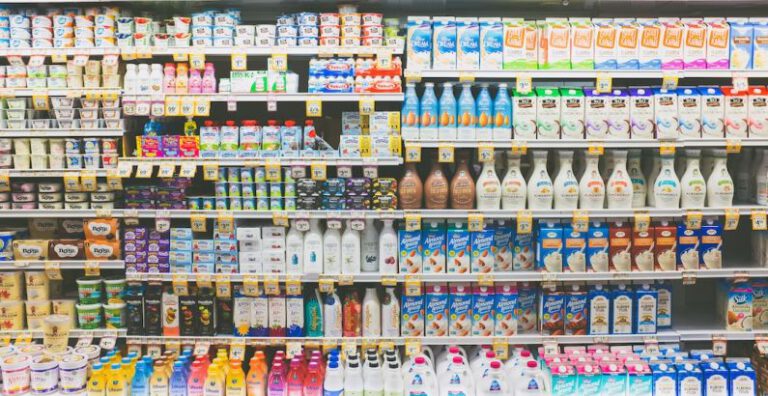The Best Way to Store Baking Ingredients
Baking is a delightful and rewarding hobby that allows us to create delicious treats for ourselves and our loved ones. However, to ensure the best results, it is important to store our baking ingredients properly. Whether it’s flour, sugar, or spices, the way we store these ingredients can greatly impact their freshness and quality. In this article, we will explore the best way to store baking ingredients, ensuring that they stay fresh and ready to use whenever inspiration strikes.
Flour: The Foundation of Baking
Flour is the foundation of most baking recipes, and its freshness is crucial for achieving the desired texture and flavor. To keep flour fresh and prevent it from going rancid, it is best to store it in an airtight container. A glass or plastic container with a tight-fitting lid works perfectly. Make sure to label the container with the date of purchase to keep track of its freshness. Additionally, store the container in a cool, dry place away from direct sunlight. This will prevent moisture and heat from affecting the quality of the flour.
Sugar: Sweetness Preserved
Sugar is another essential ingredient in baking, and it is important to store it properly to maintain its sweetness. Like flour, sugar should be stored in an airtight container to prevent moisture from causing clumping and hardening. A glass or plastic container with a secure lid is ideal. It is also recommended to keep sugar away from strong odors, as it can easily absorb them. This means storing it separately from aromatic spices or strong-smelling foods.
Spices and Flavorings: Keeping the Taste Intact
Spices and flavorings play a crucial role in enhancing the taste of our baked goods. To ensure their freshness and potency, it is essential to store them correctly. Whole spices, such as cinnamon sticks or vanilla beans, can be stored in airtight glass jars or containers in a cool, dark place. Ground spices, on the other hand, should be stored in airtight containers away from heat and moisture. It is also a good practice to label the containers with the purchase date and discard them after a year to maintain the best quality.
Nuts and Seeds: Keeping them Crunchy
Nuts and seeds add a delightful crunch to our baked goods, but their high oil content makes them prone to spoilage. To preserve their freshness and prevent them from going rancid, it is best to store them in the refrigerator or freezer. Place them in airtight containers or resealable bags, removing as much air as possible before sealing. This will help maintain their crisp texture and prevent the development of off-flavors.
Conclusion: Freshness for Flawless Baking
Properly storing baking ingredients is crucial for maintaining their freshness and ensuring flawless baking results. Whether it’s flour, sugar, spices, or nuts, each ingredient has its own specific storage requirements. By following these guidelines and using airtight containers, we can extend the shelf life of our baking ingredients and enjoy the best possible flavors and textures in our creations. So next time you reach for your flour or sugar, remember to store them properly, and let the magic of baking unfold with every delicious bite.






